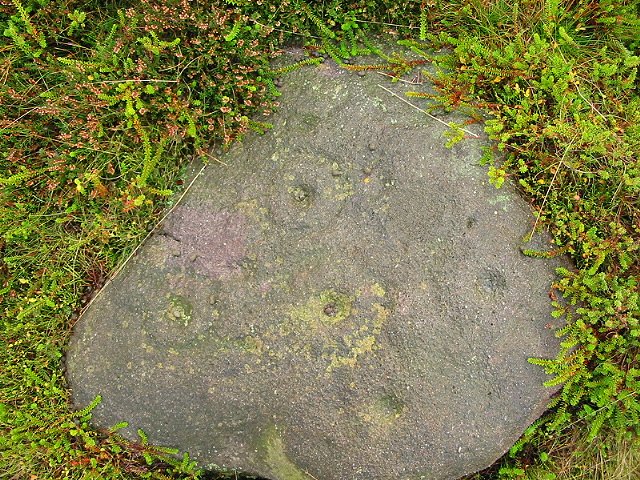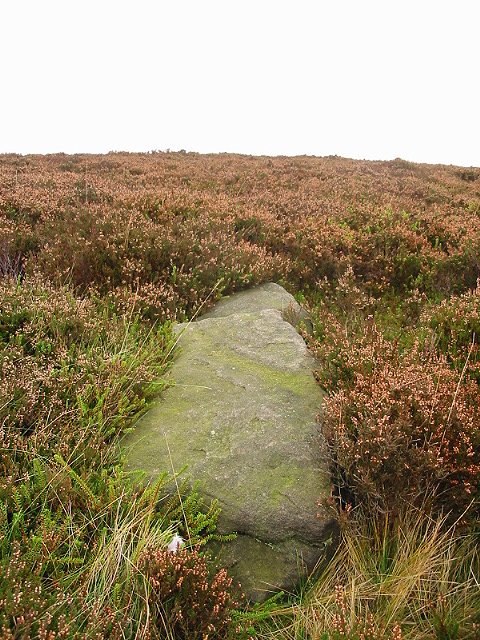The interior of the cairn when excavated had several rock cut pits, that contained burials. The largest of these pits 5ftx6ft was over 6ft deep with vertical sides. It’s thought the pit was created by pounding the bedrock with stones.
This cairn like the Raven Tor triple cairn and Hob Hurst’s House had a thick layer of white sand beneath the cairn. The sand was man-made from ground rock, probably from the rock cut pit.




















